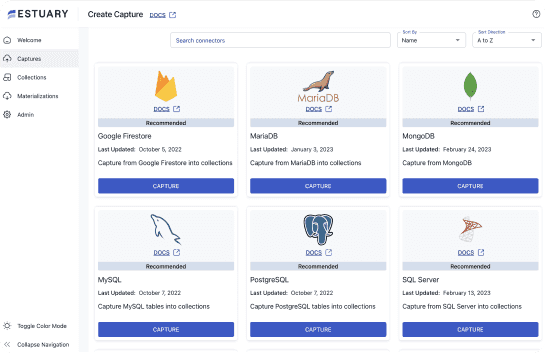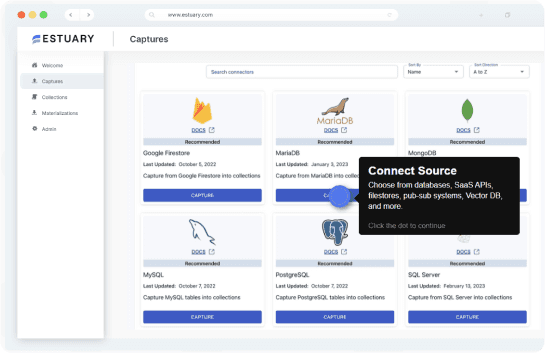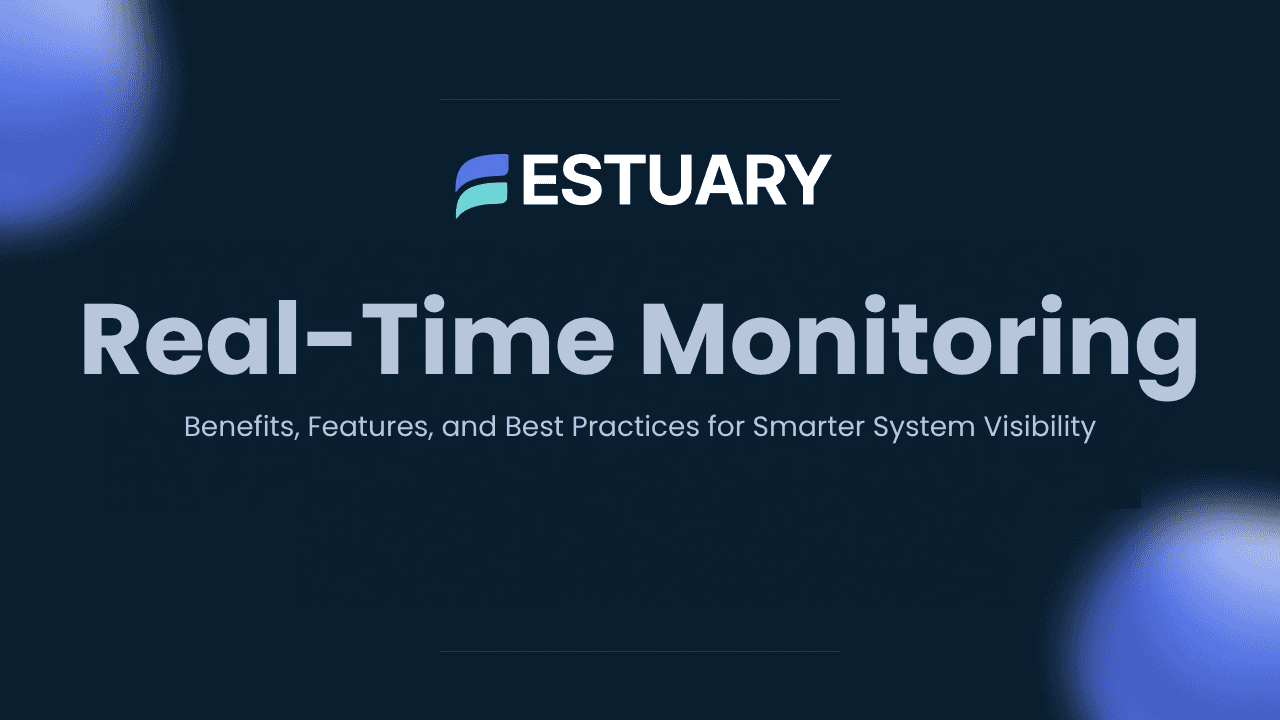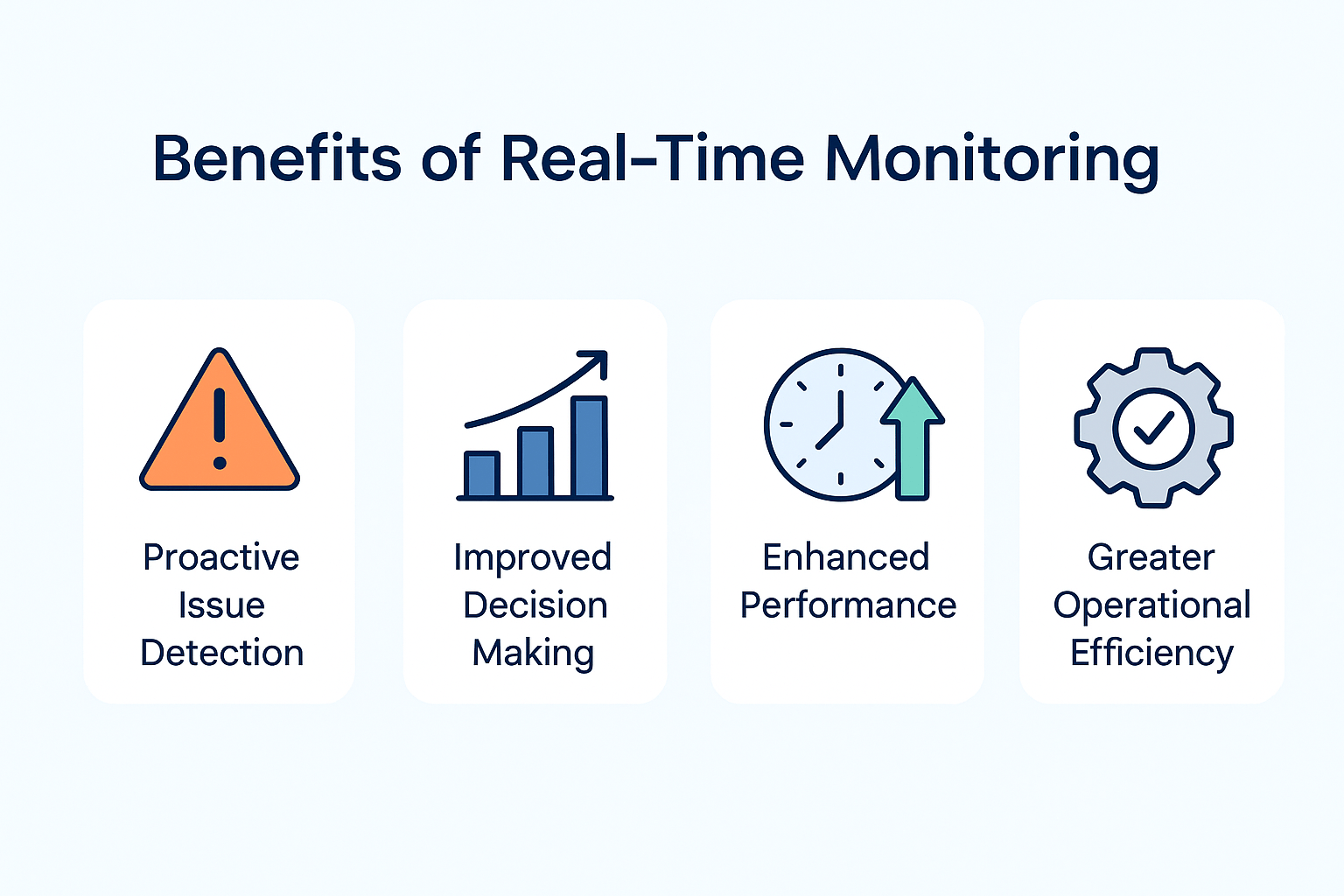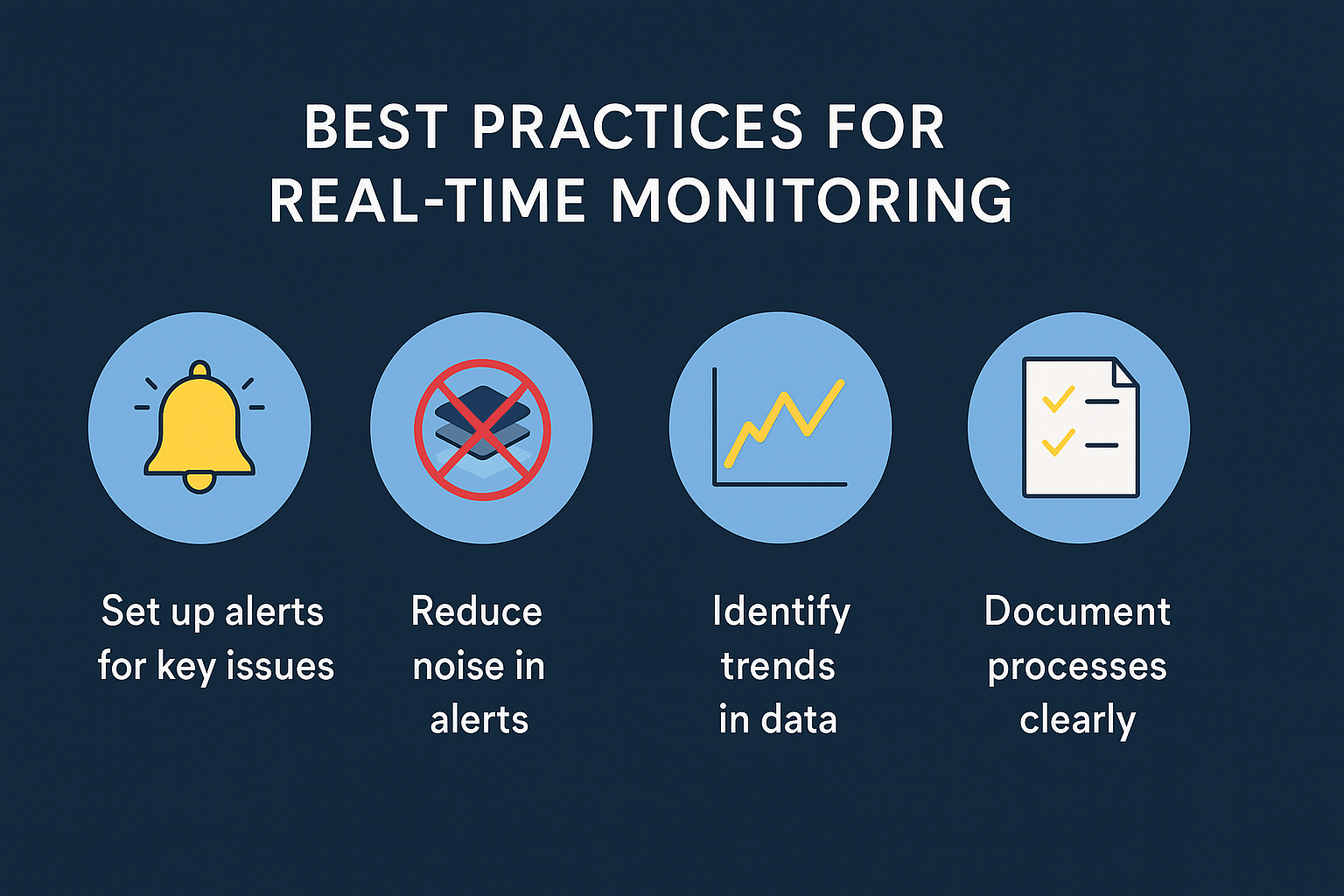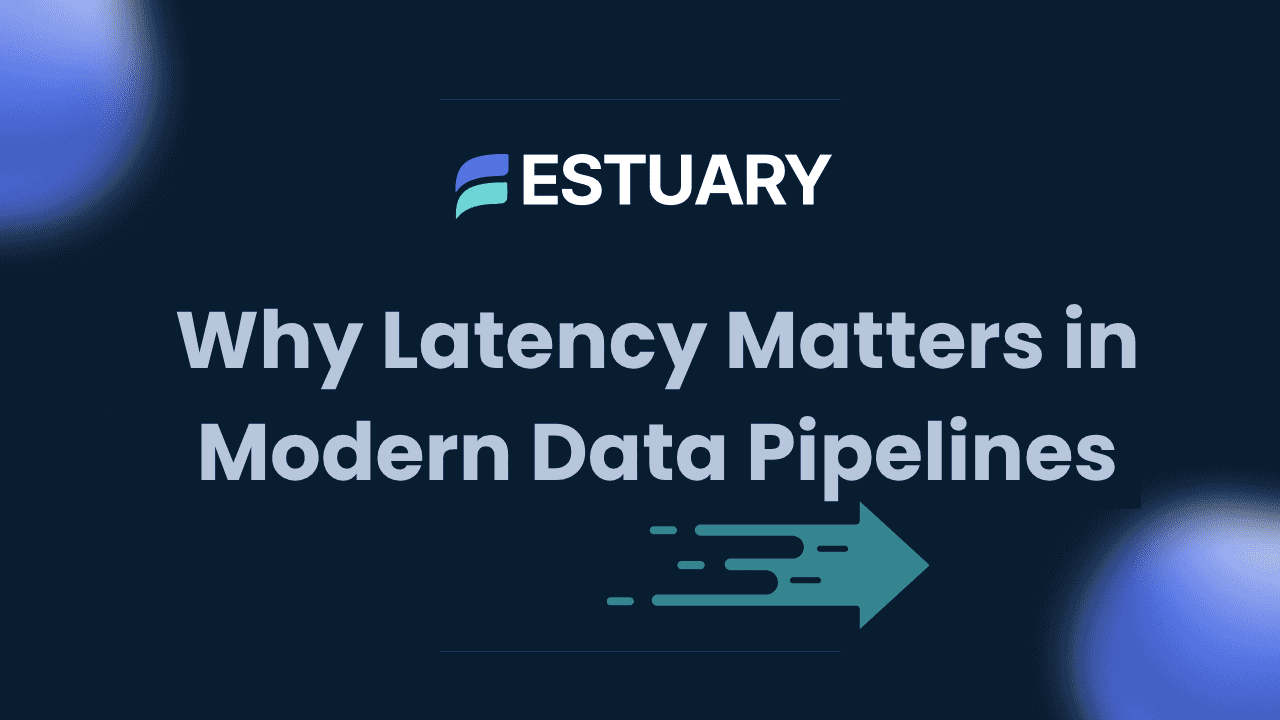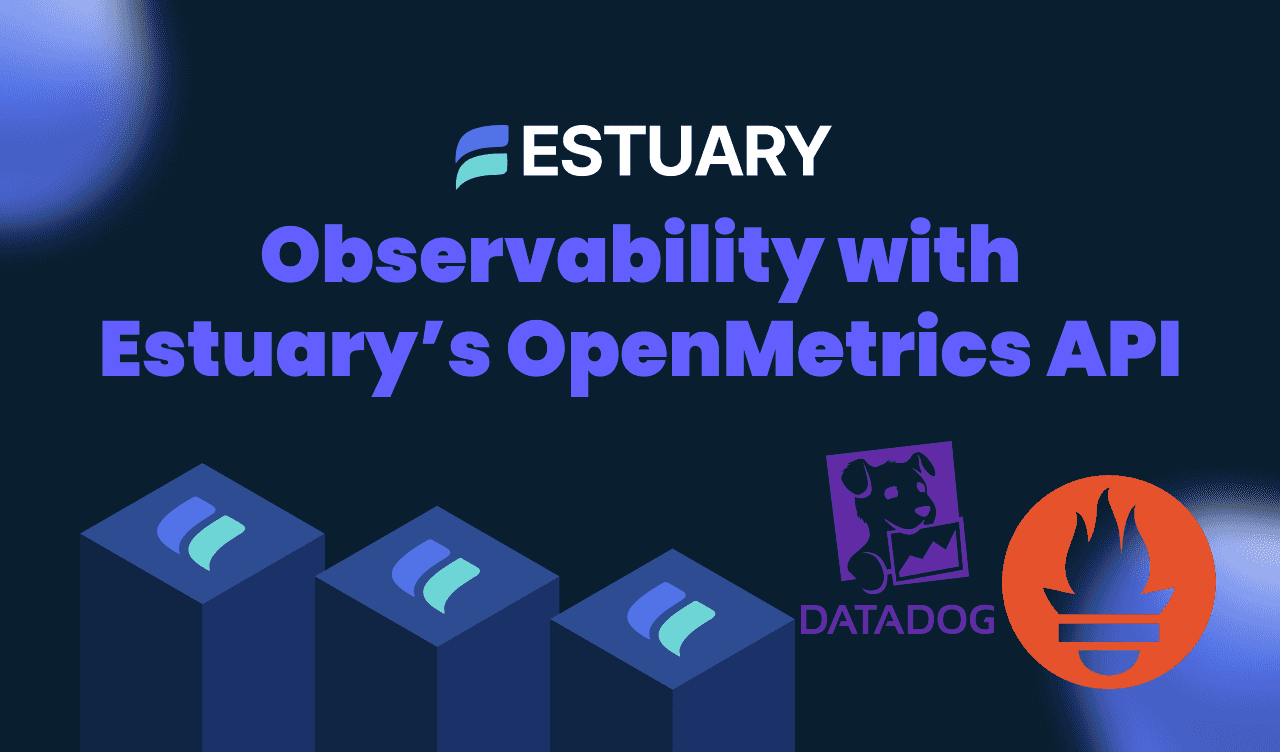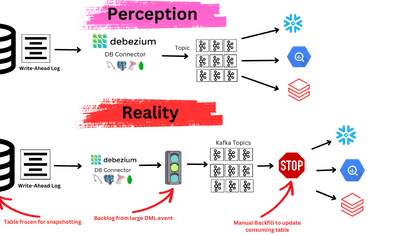
What if your systems could alert you to problems the moment they happen, not minutes or hours later?
That’s the promise of real-time monitoring. Whether you’re running applications, infrastructure, or data pipelines, being able to track performance and detect anomalies as they occur can make all the difference. It reduces downtime, protects the user experience, and helps teams take action before small issues become major incidents.
Today’s organizations generate more operational data than ever. Metrics, logs, events, and traces flow constantly from cloud platforms, applications, APIs, and third-party tools. Without the right monitoring in place, teams are often stuck reacting to outdated alerts or chasing down incomplete reports.
In this guide, we’ll break down what real-time monitoring is, why it matters, and how to do it well. You’ll learn the core benefits of real-time monitoring, the key features that set modern tools apart, and best practices to help your teams stay ahead of issues instead of reacting to them.
What is Real-Time Monitoring?
Real-time monitoring is the continuous observation of systems, applications, infrastructure, or data pipelines as they operate. Unlike traditional monitoring, which relies on scheduled checks or batch reports, real-time monitoring captures and analyzes data the moment it is generated.
This type of monitoring gives teams immediate visibility into performance, availability, and reliability across their stack. Whether it's tracking API latency, server CPU usage, or customer-facing metrics, real-time monitoring helps identify issues while they’re still happening, not after the fact.
Most real-time monitoring tools work by ingesting telemetry data such as metrics, logs, traces, or events from various sources. That data is then processed and visualized through dashboards, alerts, and automated workflows.
Common Use Cases for Real-Time Monitoring:
- Tracking uptime and latency for web services and APIs
- Monitoring infrastructure usage in cloud environments
- Detecting system anomalies or security threats
- Observing streaming data pipelines or event-driven apps
- Supporting service-level objectives (SLOs) and incident response
Real-time monitoring is not just for engineers. Product teams, business analysts, and customer success teams can all benefit from live access to data that reflects the current state of the system. It bridges the gap between observability and action.
Benefits of Real-Time Monitoring
Why do teams invest in real-time monitoring? Because when issues happen, speed matters. The sooner you know about a problem, the faster you can respond and the less impact it has on your business.
Here are some of the most important benefits of real-time monitoring across technical and business teams.
1. Faster Incident Detection
Real-time monitoring allows teams to detect anomalies the moment they occur. Whether it’s a spike in error rates or a slowdown in API response time, alerts are triggered immediately, giving teams a head start on resolution.
2. Reduced Downtime
Early detection means faster recovery. Instead of waiting for users to report a problem, your team is already working on a fix. This leads to better uptime, happier customers, and less revenue loss.
3. Better System Visibility
Real-time monitoring provides a complete, ongoing view of system health. Teams can observe key metrics across services, infrastructure, and data flows—all in one place. This visibility supports smarter decision-making and proactive planning.
4. Improved Customer Experience
Slow apps, broken pages, and service outages all impact users. Monitoring tools help you catch and resolve these issues before they affect your customers. The result is a more reliable, responsive experience.
5. Stronger Operational Efficiency
By automating alerts and surfacing only the most relevant issues, teams spend less time chasing false alarms and more time solving meaningful problems. Real-time insights lead to smarter resource allocation and better workflows.
Key Features of Real-Time Monitoring Tools
Not all monitoring platforms are created equal. If you’re evaluating real-time monitoring tools, there are several key features that set the best ones apart. These capabilities help ensure your system is observable, your alerts are reliable, and your team can act quickly when issues arise.
Here are the essential features to look for:
1. Real-Time Data Ingestion
The most important capability is the ability to ingest and process data continuously. Whether it’s metrics from a cloud instance or event logs from a database, your monitoring tool should collect this information in near real time without waiting for scheduled refreshes.
2. Customizable Dashboards
A good monitoring tool offers flexible, visual dashboards that make it easy to track what matters most. You should be able to filter data, group metrics, and visualize trends without needing to write custom code.
3. Intelligent Alerting
Alerting is only helpful when it’s accurate. Look for features like threshold-based alerts, anomaly detection, and notification routing. The best tools help reduce noise while making sure the right people are alerted at the right time.
4. Multi-Source Integration
Modern systems are made up of many moving parts. Real-time monitoring tools should support a wide range of data sources, from cloud infrastructure and container services to APIs, data pipelines, and third-party applications.
5. Log and Trace Correlation
For deeper troubleshooting, it’s useful to correlate metrics with logs and traces. Some platforms offer full observability by connecting all three layers, which helps teams identify root causes faster and with more context.
6. Scalability and Performance
The tool should handle large volumes of data without performance bottlenecks. This is especially important for organizations monitoring thousands of metrics or managing complex distributed systems.
The right combination of these features ensures your monitoring stack is not just reactive, but proactive—capable of helping you prevent incidents before they become serious.
Best Practices for Real-Time Monitoring
Setting up a real-time monitoring system is only the beginning. To get the most value, teams need to follow a few best practices that make their monitoring reliable, actionable, and easy to maintain.
Here are some proven strategies for building an effective real-time monitoring setup:
1. Monitor What Matters Most
It’s tempting to monitor everything, but more data doesn't always mean more insight. Focus on critical metrics tied to system health, user experience, and business goals. Start with a small set of high-value signals and expand as needed.
2. Define Clear Thresholds and Alert Rules
Alerts should be meaningful. Set thresholds that reflect what your team considers an actionable issue. Use historical data to inform those limits and avoid alert fatigue by filtering out low-priority noise.
3. Align Monitoring with SLAs and SLOs
Monitoring becomes more impactful when it’s tied to service level objectives. Identify what levels of uptime, latency, or error rates are acceptable for your team or customers, then build your monitoring strategy around meeting those goals.
4. Include Logs, Traces, and Context
Metrics tell you that something is wrong. Logs and traces help you figure out why. Integrating these layers gives your team the context they need to troubleshoot faster and resolve incidents more effectively.
5. Automate Where Possible
Use automation to streamline alert routing, incident creation, and even remediation for repeatable issues. The faster you respond, the less risk there is of user impact or system downtime.
6. Review and Evolve Continuously
Real-time monitoring is not a one-time project. As your systems grow and change, your monitoring strategy should adapt. Regularly audit what you’re tracking, adjust thresholds, and update your dashboards to reflect new priorities.
These best practices not only improve observability but also help your teams work smarter and with more confidence. The result is a monitoring setup that’s responsive, efficient, and aligned with your business needs.
How Estuary Supports Real-Time Monitoring and Observability
Real-time monitoring depends on access to fresh, accurate, and observable data. Whether you're tracking application health, debugging pipelines, or building live dashboards, the quality of your insights relies heavily on both data freshness and system visibility.
That’s where Estuary Flow fits in.
Estuary is not a monitoring tool itself, but it plays a crucial role in enabling observability across your real-time data infrastructure. It continuously captures data from over 100 sources—such as operational databases, SaaS platforms, and event streams—and delivers it to destinations like warehouses, analytics engines, and monitoring systems.
How Estuary Supports Real-Time Monitoring Workflows:
- Streams live data from sources like PostgreSQL, Kafka, Salesforce, and APIs
- Delivers to destinations such as BigQuery, ClickHouse, and Elasticsearch
- Exposes pipeline health metrics via the OpenMetrics API
- Integrates with Prometheus, Datadog, and custom tools for full-stack observability
Observability with the OpenMetrics API
Estuary provides native support for real-time observability through its OpenMetrics API. This API exposes detailed metrics for every pipeline component—captures, transformations, and materializations—using a Prometheus-compatible format.
You can track:
- Task-specific throughput and document volume
- Logged errors and warnings
- Record processing timestamps
- Latency and delivery lags
These metrics can be used to power dashboards in Prometheus or Datadog, set up alerts, or integrate with your existing monitoring and incident response workflows.
In addition to metrics-based monitoring, Estuary also supports email-based data movement alerts. Users can configure notifications for when a pipeline stops receiving data for a specified period. These alerts are especially useful for non-technical teams or in lightweight environments where Prometheus or Datadog isn't yet deployed.
With Estuary, you not only move data in real time, you can also monitor the flow itself in real time.
Conclusion
Real-time monitoring is more than a technical upgrade. It’s a shift in how teams operate, respond, and plan. With the ability to track data and system performance as it happens, organizations gain a level of visibility that traditional reporting simply can’t provide.
Whether you’re monitoring infrastructure uptime, debugging streaming data pipelines, or supporting mission-critical applications, the value of real-time observability is clear. Faster detection leads to faster resolution. Better insights lead to better decisions.
The right tools, paired with smart practices, can turn monitoring from a reactive task into a strategic advantage. And as your systems scale, real-time monitoring becomes essential for maintaining reliability and performance.
If you're building toward a more responsive, data-driven future, real-time monitoring is a foundational step.
FAQs
Which tools support real-time monitoring?
Can I use real-time monitoring for data pipelines?

About the author
Team Estuary is a group of engineers, product experts, and data strategists building the future of real-time and batch data integration. We write to share technical insights, industry trends, and practical guides.

